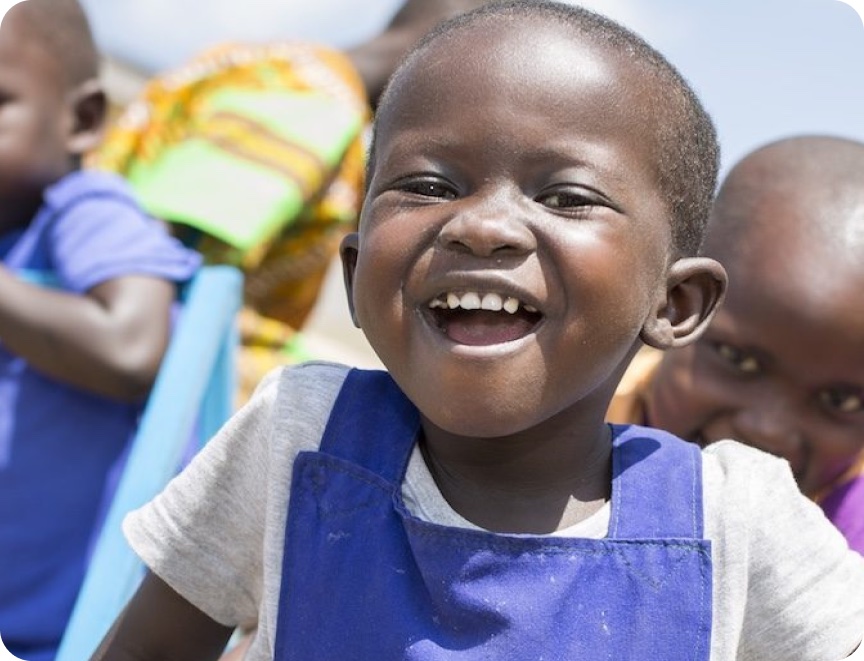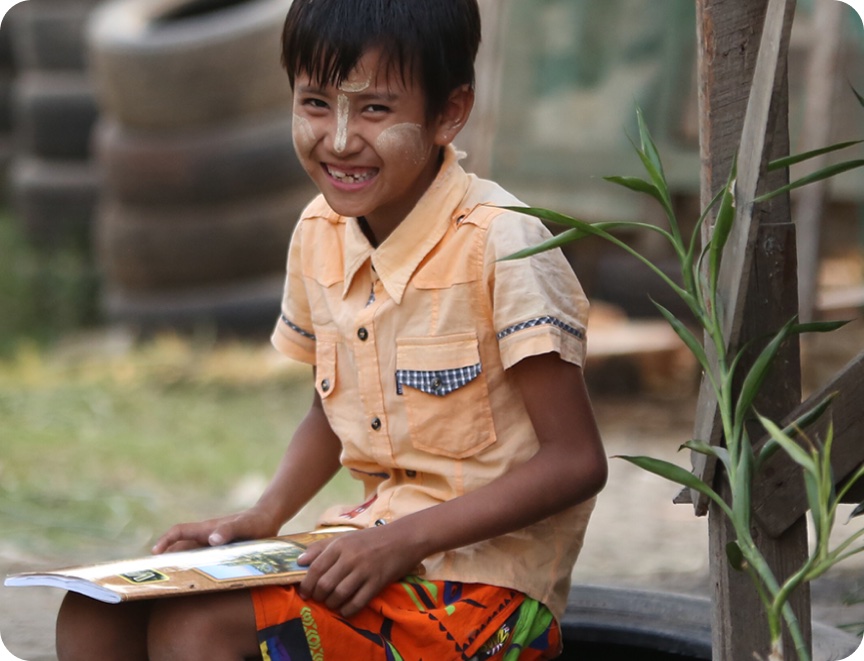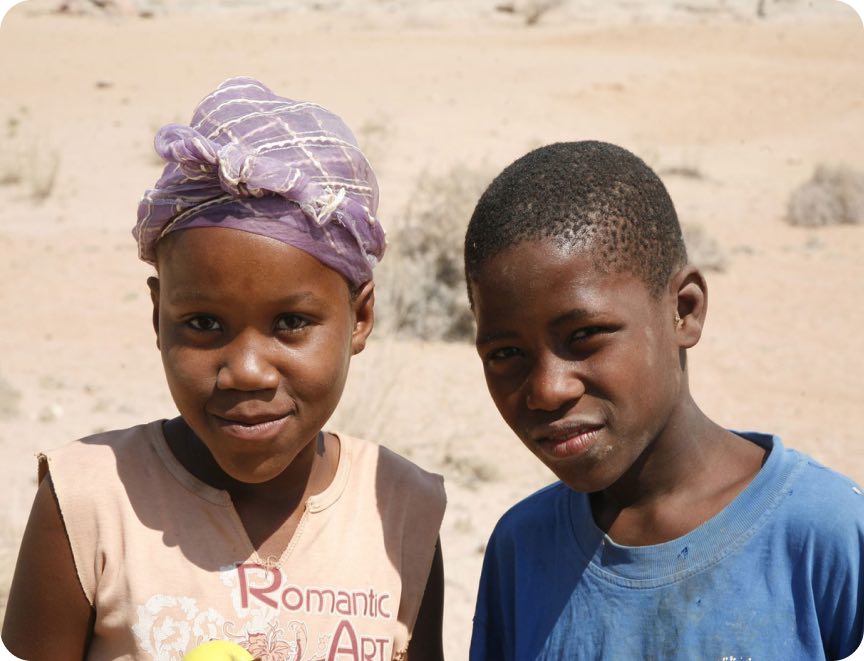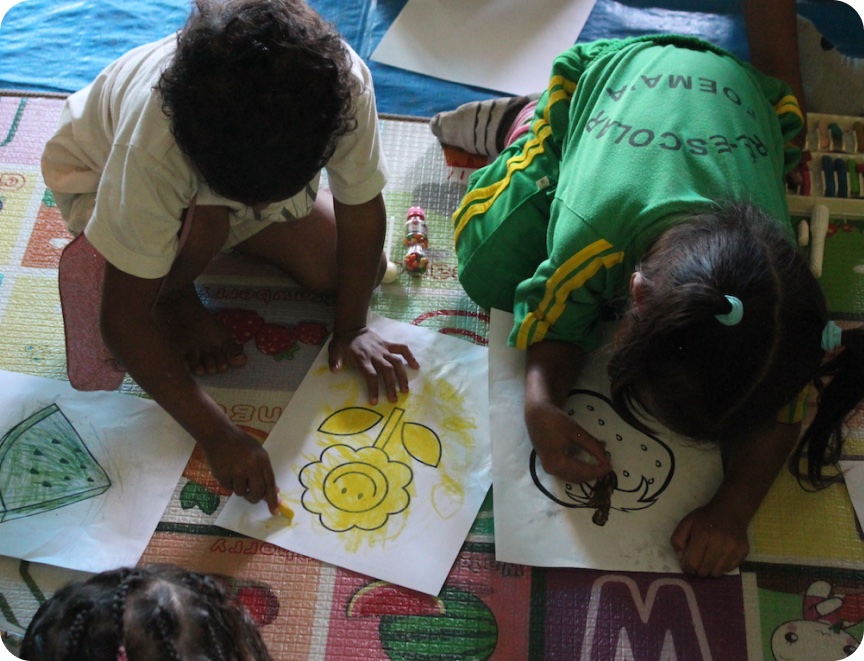Child poverty is highly complex. It is shaped by economics, geography and politics. It can emerge following civil upheaval and warfare, extreme weather events or family violence and disintegration. It can be reduced or eradicated through education and training, proper healthcare, and democratic systems of government.
In the countries where ChildFund works, child poverty is most commonly linked to the status of parents or caregivers. Poor children are usually to be found living with poor parents; in households where incomes are low. These same children are also more likely to be living in remote, rural communities where local populations are reliant upon subsistence agriculture, and have little access to services in health and education.
So what does this mean? Let’s unpack the causes of child poverty, and look at how these factors connect to create a cycle of deprivation.
Nutrition plays a important role in a child’s growth and development.
Malnutrition, starvation, wasting, malnourishment, stunting, undernutrition … these are all terms that describe the impact of not having enough food, not having enough of the right foods or even, in the case of obesity, having too much of the wrong foods.
The World Health Organisation says 45 per cent of deaths among children under the age of five in low and middle-income countries can be directly linked to undernutrition; a lack of essential vitamins, minerals and nutrients.
This may be caused by a diet poor in nutrition, with only a limited variety of food products available. It may be a direct result of food shortages – such as when crops fail due to extreme weather events, the terrible consequences of which unfolded in Africa in 2017.
Unsafe or contaminated water sources, which result in diarrhoea, can cause young children to lose weight rapidly, potentially leading to extreme malnourishment and death.
Undernourished mothers are also more likely to give birth to babies who are underweight, which can result in an intergenerational cycle of undernutrition.




























